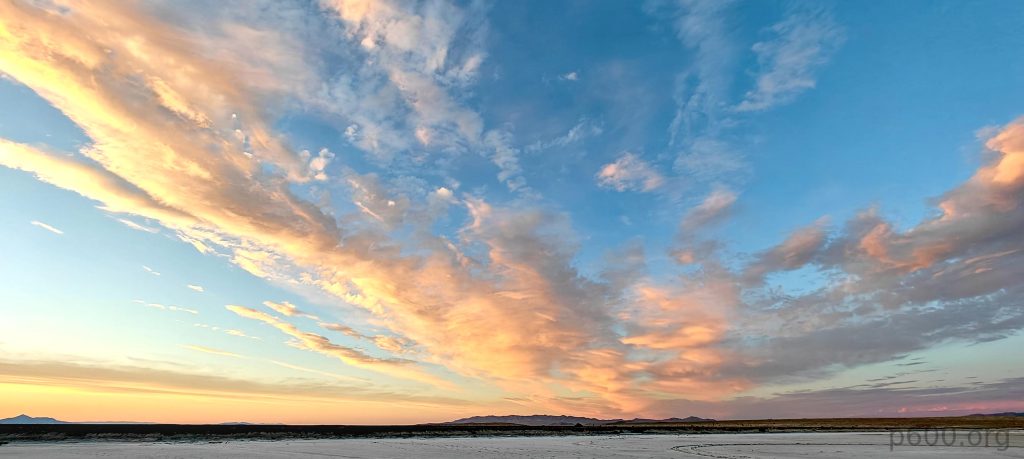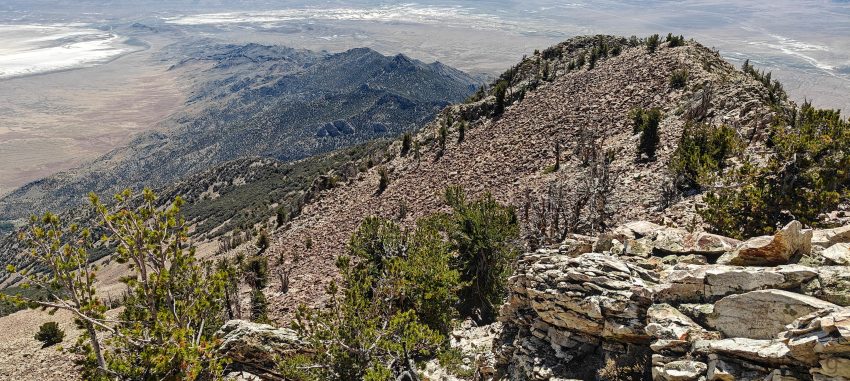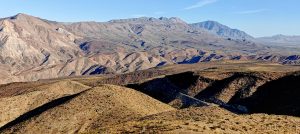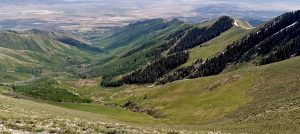This peak is officially my favorite of the trip. It’s remote, has challenging access, and is wonderfully wild. No real trails mar its landscape. The views are captivating, and it’s just hard enough to remember yet easy enough to conquer in a day. By my standards, it’s almost ideal peak.
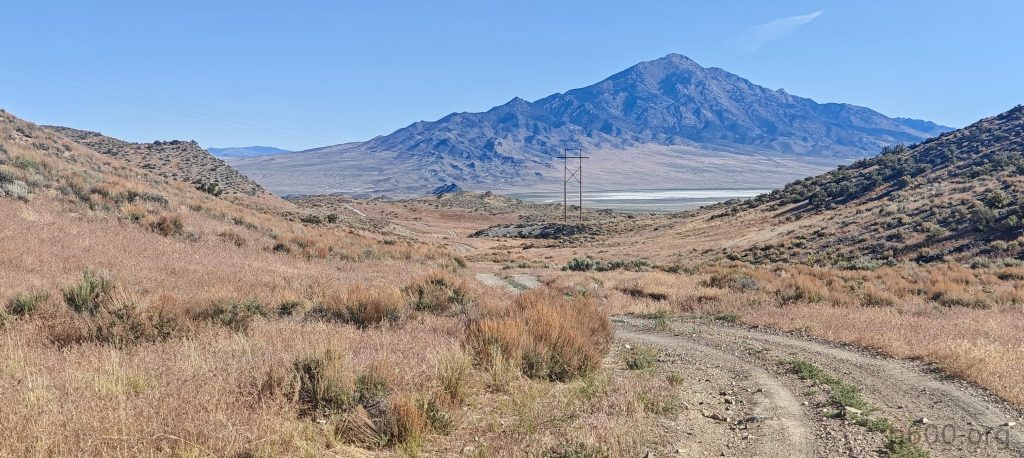
Getting to the trailhead is the first challenge. Even though I bagged the peak, I didn’t properly solve the approach issues. Initially, I drove to the “standard” road, which is perpendicular to the main road and leads straight to the canyon. However, I encountered clear signs indicating private property. So, I retraced my steps for about 5 kilometers and followed some visible car tracks along the south ridge. My inner voice kept nagging that this might also be private property. A few times, I lost the path, but my skills from the Mongolia trip last year came in handy. Eventually, I reached a fork where everyone should go left. I did the same, just in case.
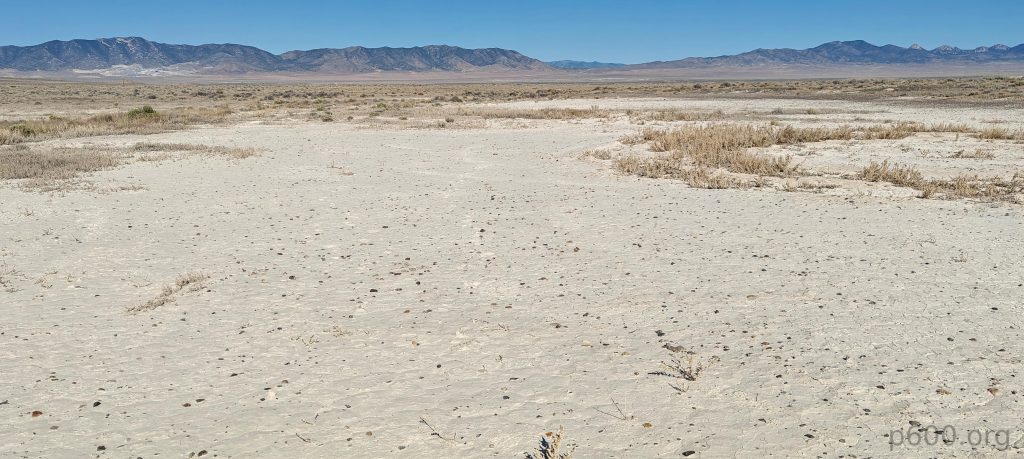
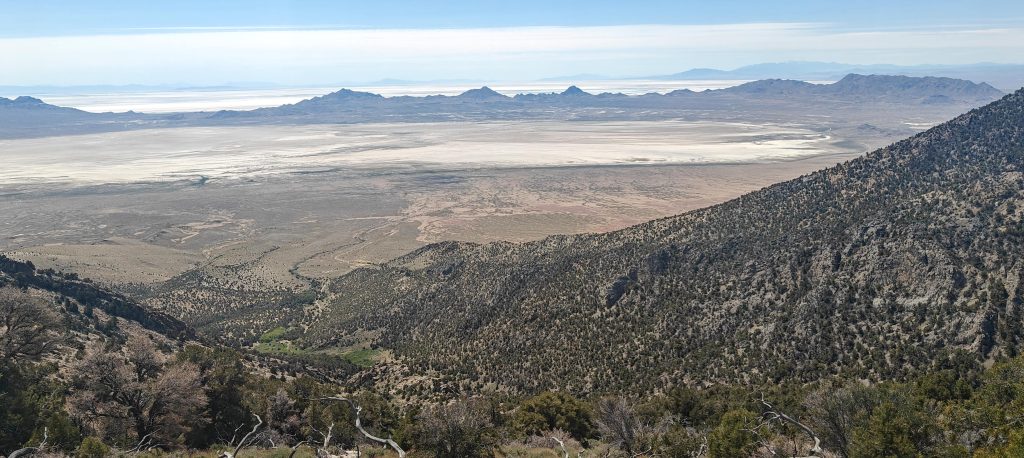
First, I parked the car at a route widening but then checked the map and realized it might be private land. So, I drove a little higher, right to the very end of the trail. According to Gaja, this is BLM land—whatever that means. I just hope it doesn’t offend the local farmer and his cows. After changing, I started climbing.
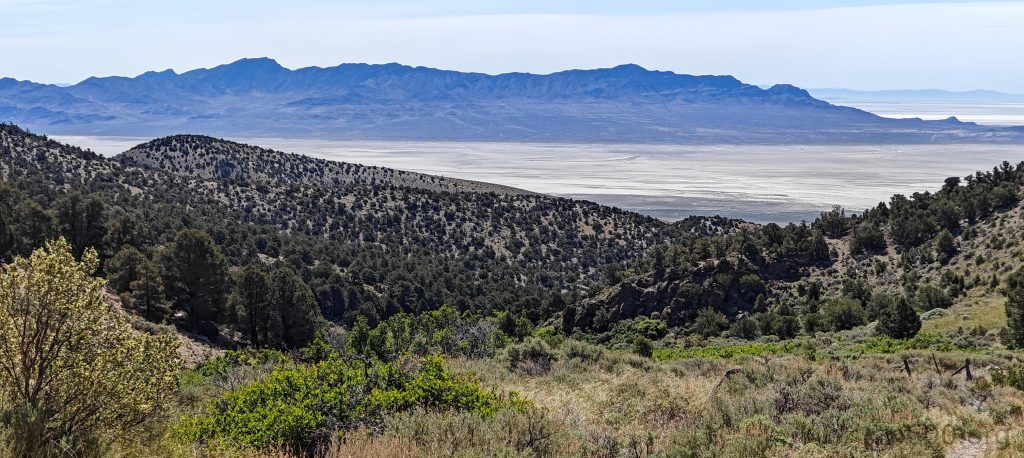
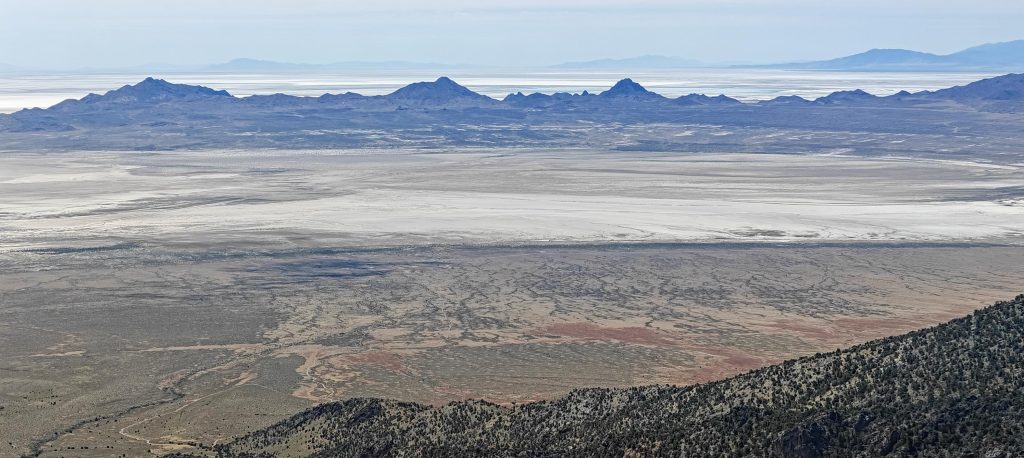
The first part of the hike is quite steep, through bushes and sparse trees, over rocks with some short talus sections. At times, I found myself scrambling, though it was avoidable. A few slabs needed crossing, but again, they were avoidable. I came to a small P20 bump, descended, and then the walk turned into a ridge walk. However, only a few sections were really relaxed and needed little attention. Most parts were quite rocky, requiring constant attention to my steps and planning future directions.
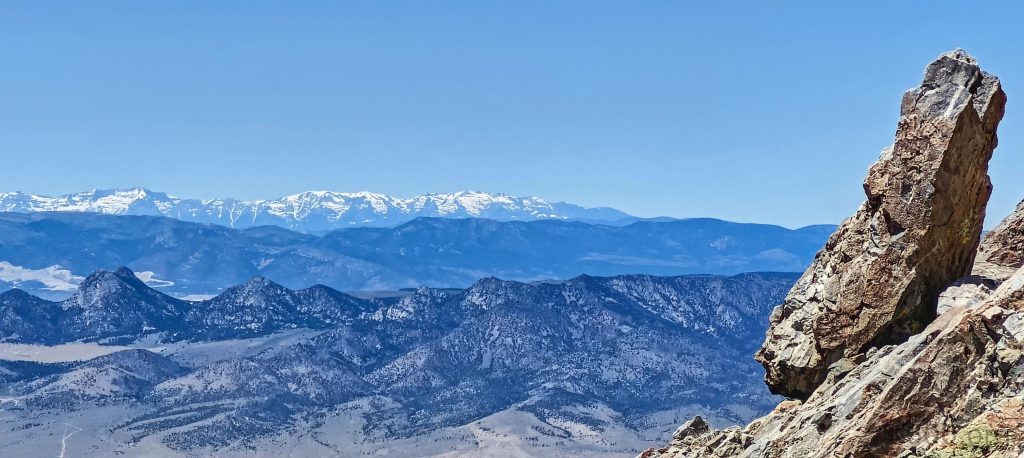
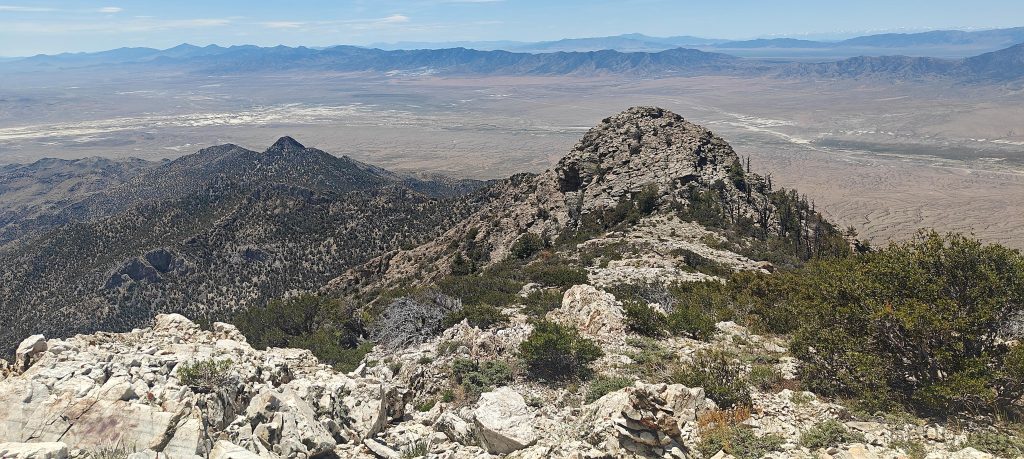
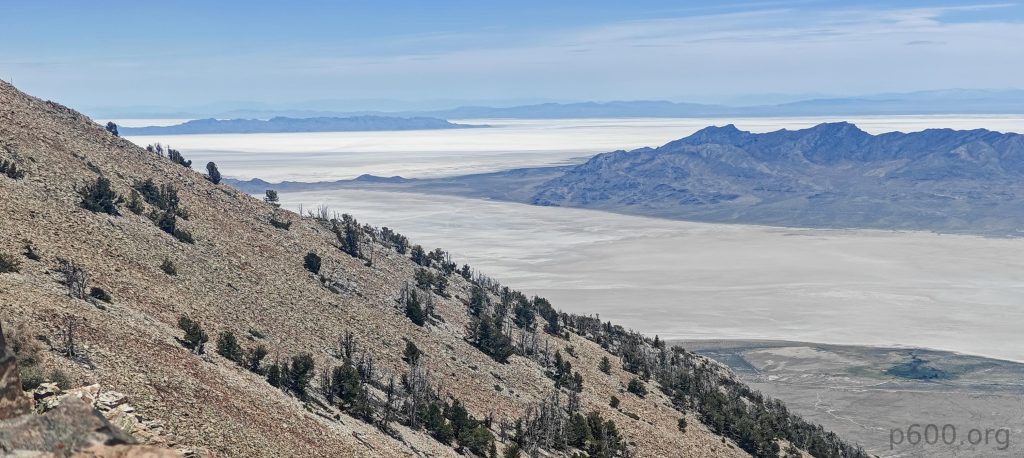

A few more scrambles up, a few down—rocks, talus, bushes, scrambling up and down, and balancing on the ridge. It was quite a fun hike. At one point, I found myself needing to descend a few class 4 steps, maybe class 3. Falling here would have serious consequences. Going up might have been okay, but I evaluated the situation again: quite remote place, I was alone, on a tough trail with no signal. So, I decided not to take chances. Reluctantly, I retraced my steps a few hundred meters, descended about fifty meters, and walked around one of the ridge bumps. Looking up again, I realized that risky step was indeed the only feasible way down.
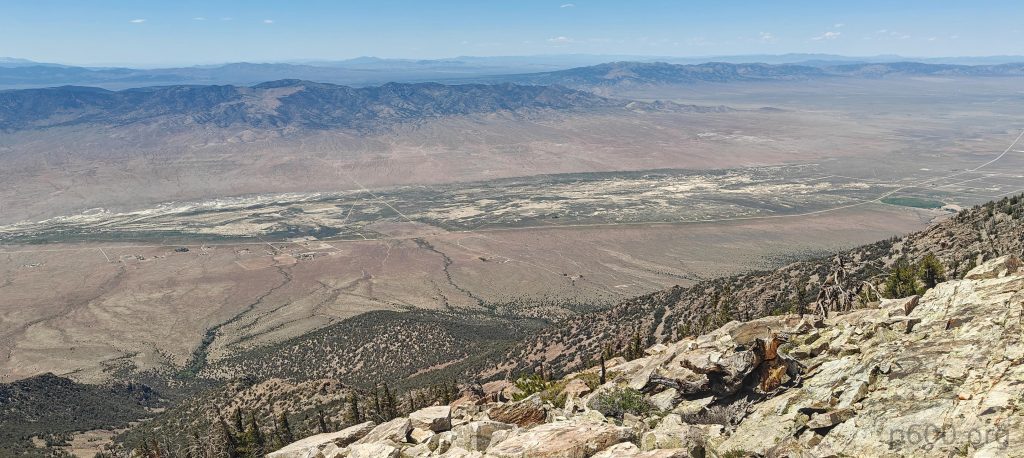

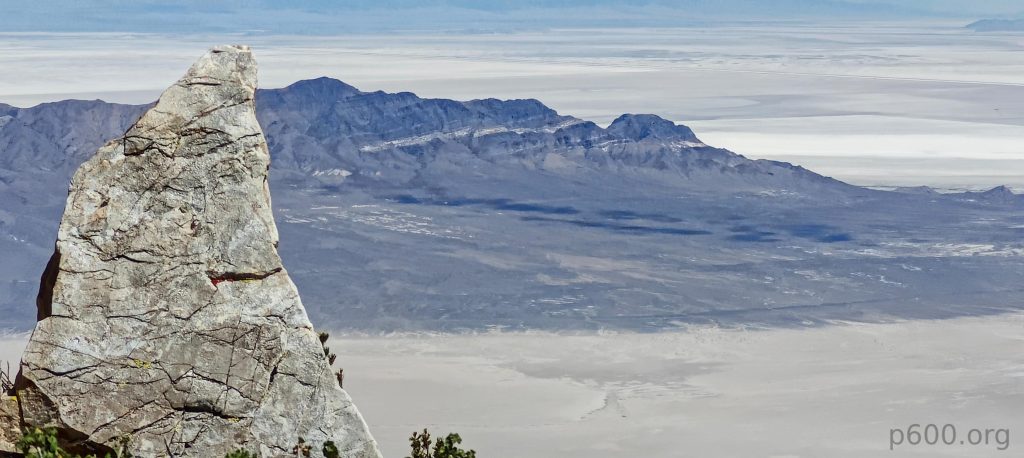
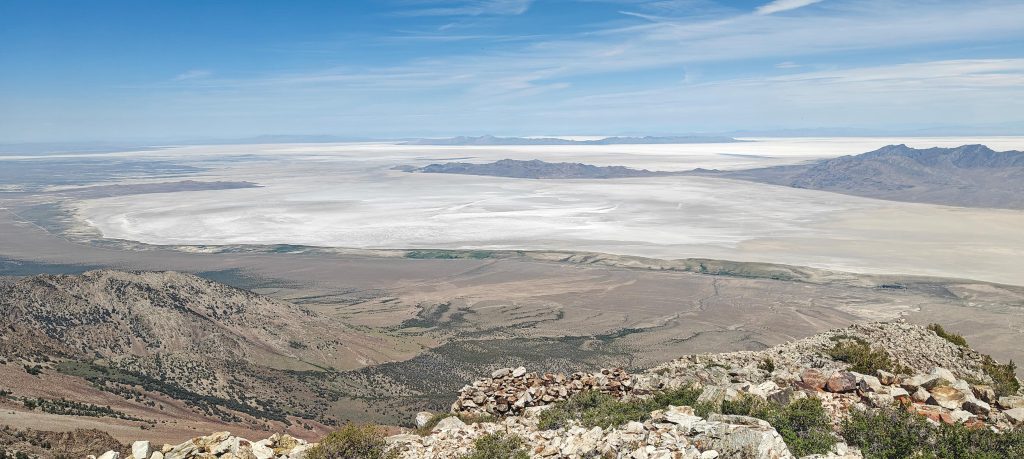
After talus, talus, and yet another talus climb, I finally reached the summit. To my surprise, there were quite a few stony wind shielter at the top. It doesn’t seem like this peak is very popular, but who knows? There was even a post box at the highest point. The views were super interesting, especially the salt flats. Visibility was excellent, revealing very remote areas and surrounding ridges. Four hours of talus jumping definitely paid off.
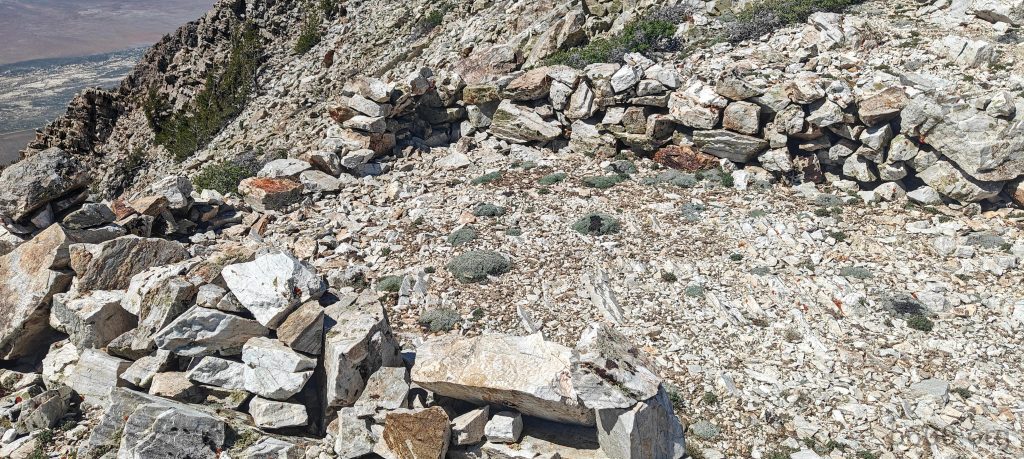

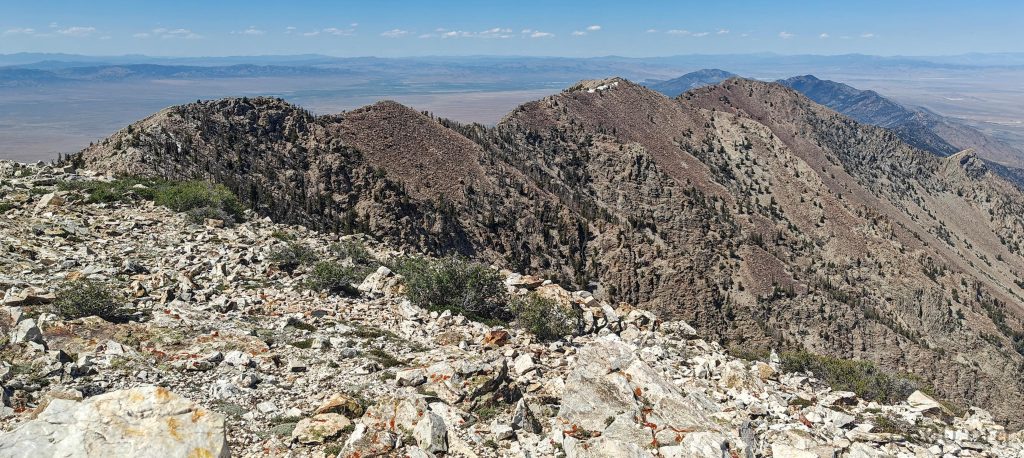
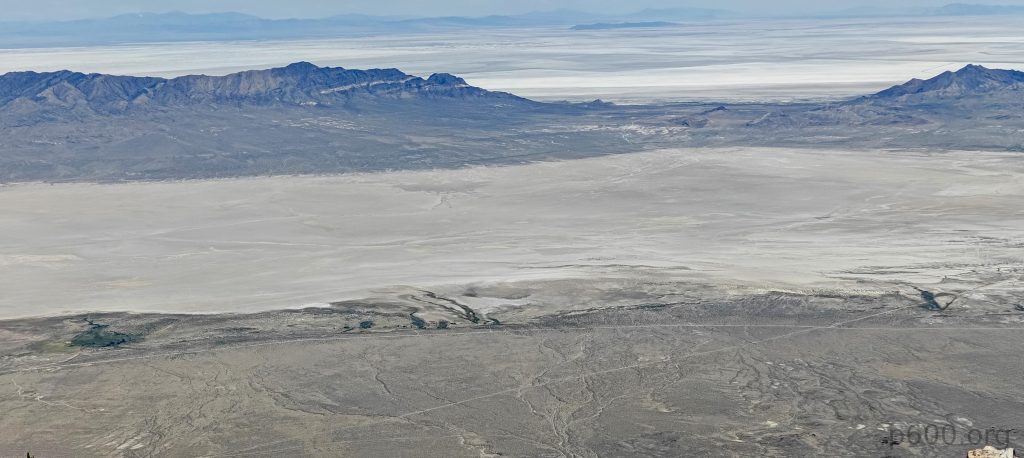

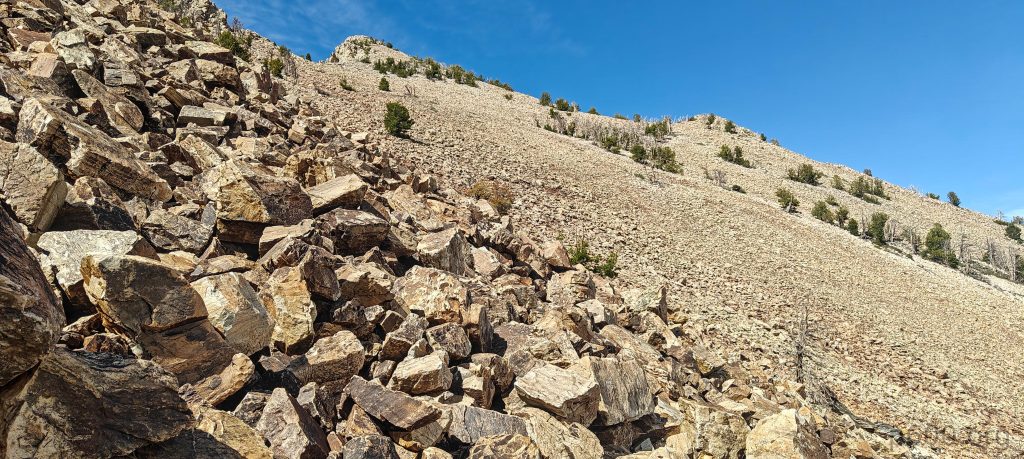
On the way down, I decided to take a shortcut and go for a more direct route, avoiding the ridge line. When faced with two bad routes, shorter is better. After a few kilometers of jumping from rock to rock, I finally reached the trees and normal terrain. Then, it was straight to my sun-heated car with its warm drinks waiting for me.
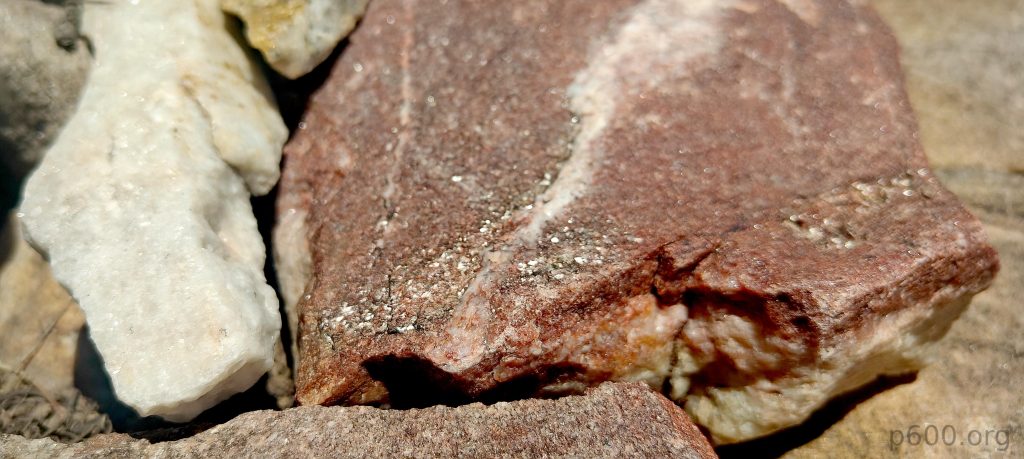

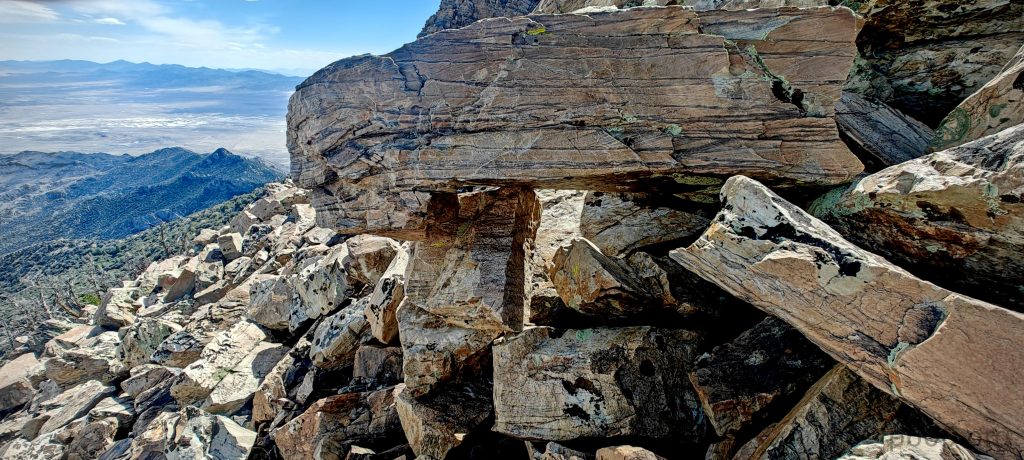
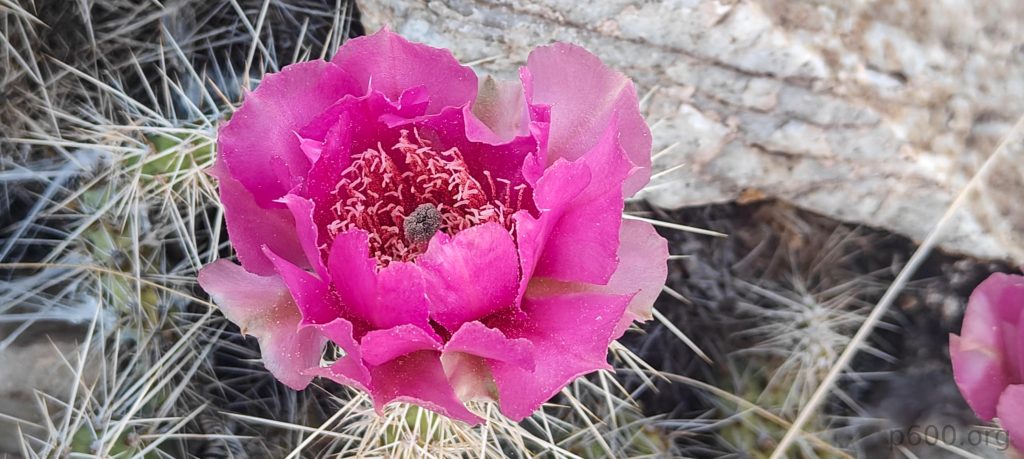
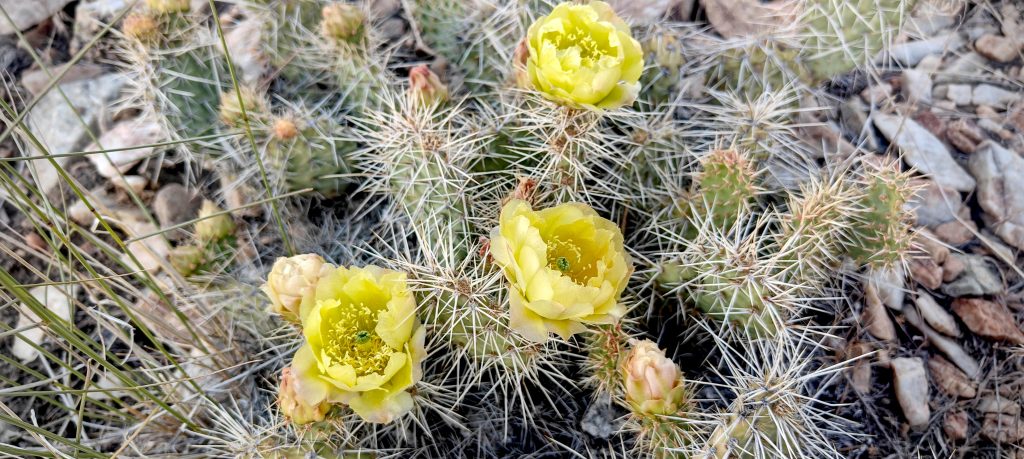
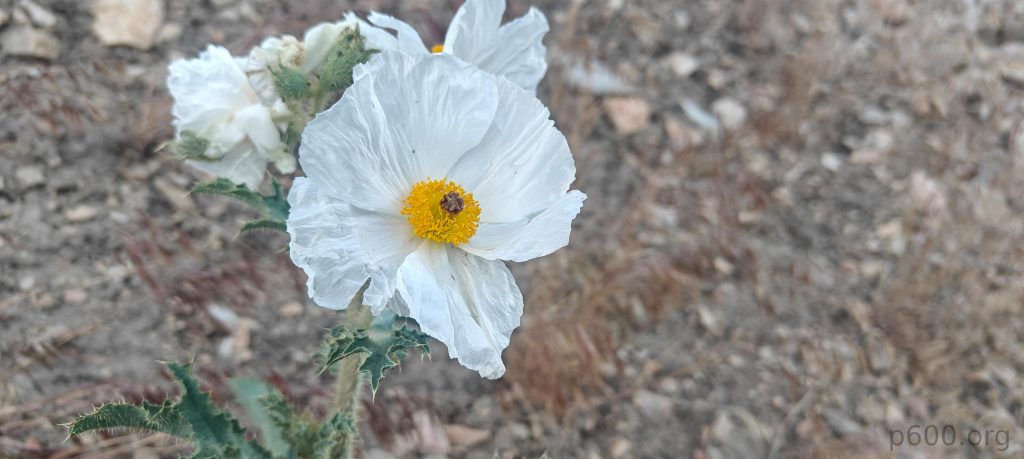
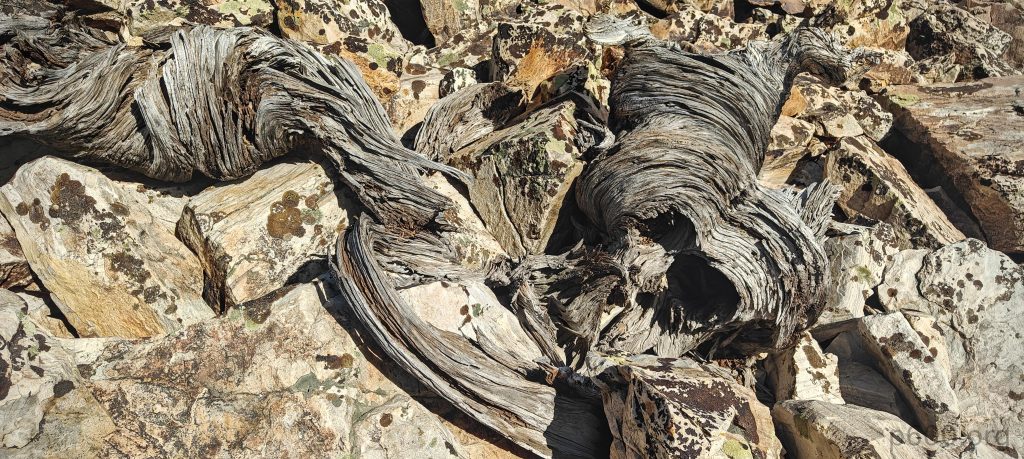
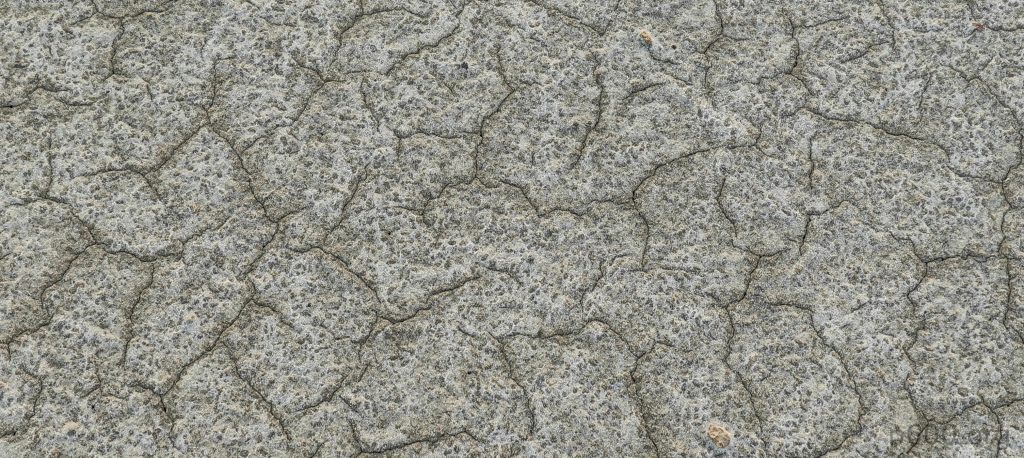
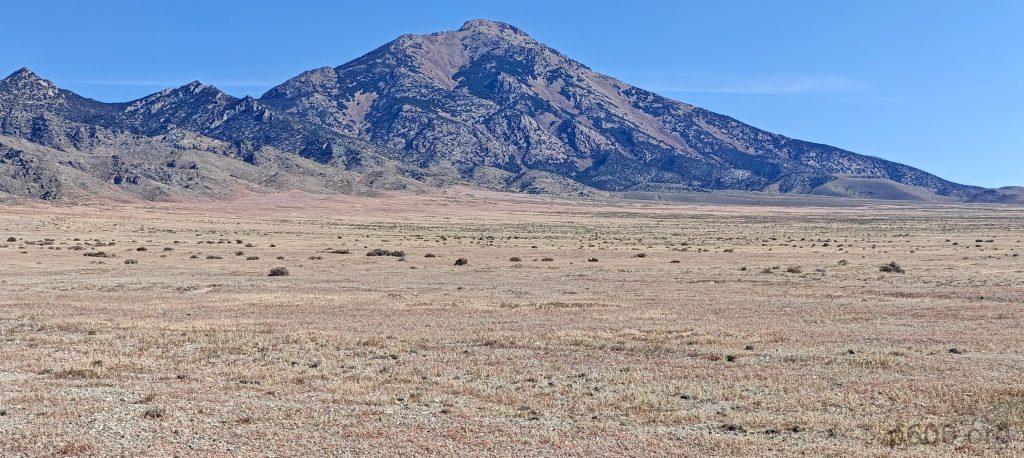
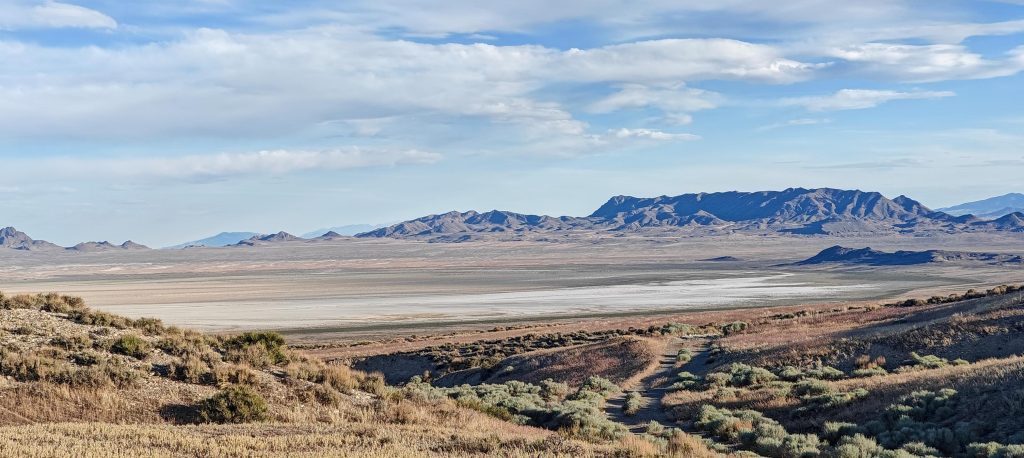
It wasn’t easy, but somehow it was a very enjoyable hike. Another great day with another ultra-prominent peak bagged. Now, I’m driving to Salt Lake City, Utah, heading toward Flat Top Mountain, another ultra-prominent peak. On the way, I’m stopping to explore the Bonneville Salt Flats. The impressive surface and sky make for a surreal experience, and here I am, right in between.
